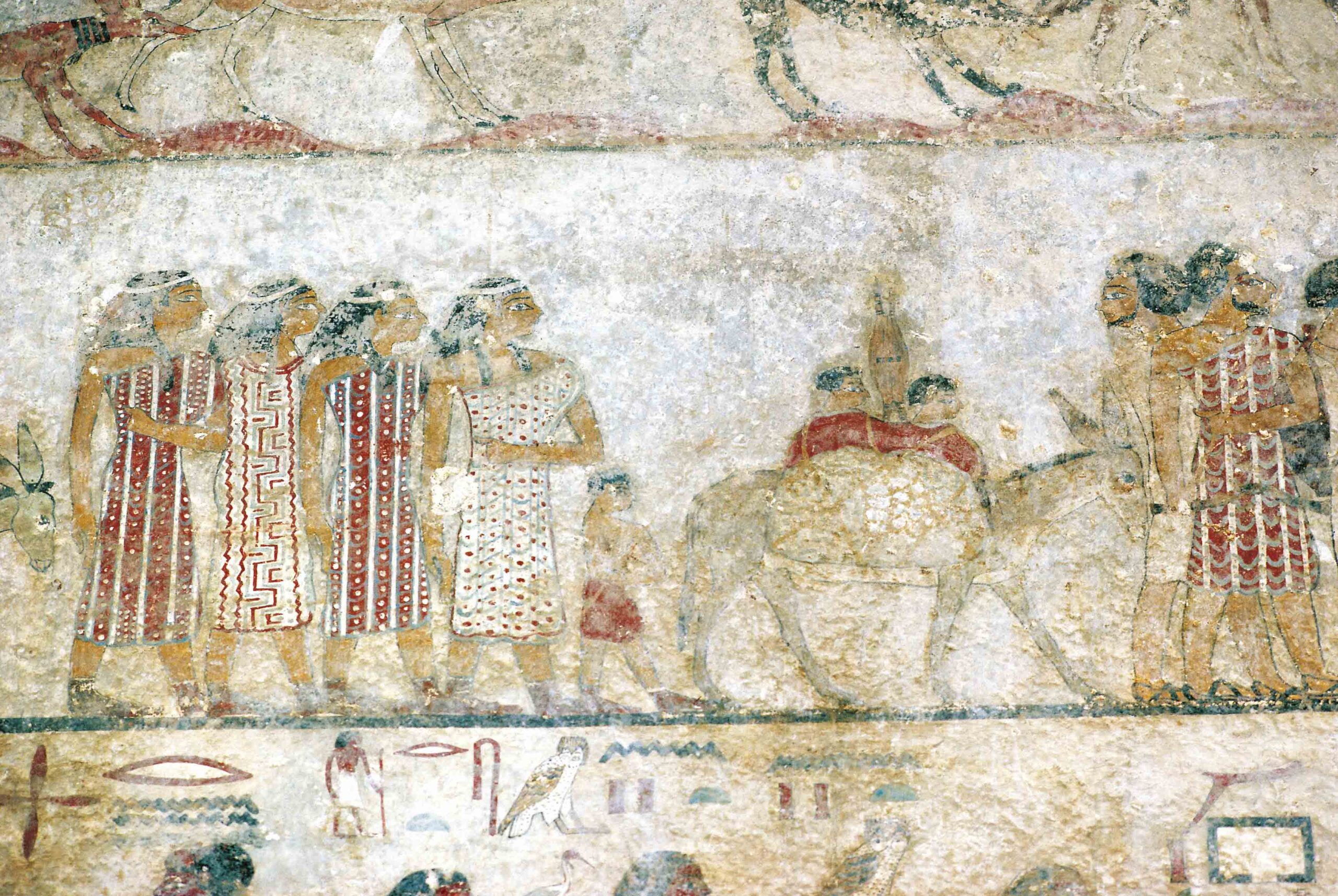Features From the Issue
-
Features
The Rulers of Foreign Lands
Was a new regional power, once thought of as a bloodthirsty invading force, actually a catalyst for ancient Egypt’s most prosperous era?
 (De Agostini Picture Library/G. Sioen/ Bridgeman Images)
(De Agostini Picture Library/G. Sioen/ Bridgeman Images) -
Features
Shipping Stone
A wreck off the Sicilian coast offers a rare look into the world of Byzantine commerce
 (Courtesy Marzamemi Maritime Heritage Project)
(Courtesy Marzamemi Maritime Heritage Project) -
Features
Fragments of Ancestral Memory
Native texts discovered in a remote church in Mexico belong to an ancient sacred tradition
-
Features
When the Inuit Met the Basques
A site in southeastern Canada bears evidence of surprising 17th-century interactions between peoples from disparate parts of the world
-
Features
A Local Institution
The cellar of an 18th-century coffeehouse has been unearthed in Cambridge, revealing a dynamic social venue

Letter from Brooklyn
Letter from Brooklyn
New York City's Dirtiest Beach
Long-lost clues to the lives of forgotten New Yorkers are emerging from the sands at Dead Horse Bay

Artifact
Artifacts
Base of a Qingbai-Glazed Molded Box
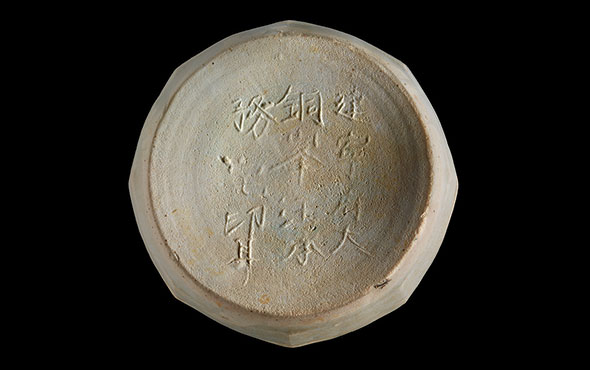
Digs & Discoveries
-
Digs & Discoveries
Ice Age Necropolis
 (Archives of the Soprintendenza Archeologia Belle Arti e Paesaggio della Liguria - Italian Ministry of Cultural Heritage)
(Archives of the Soprintendenza Archeologia Belle Arti e Paesaggio della Liguria - Italian Ministry of Cultural Heritage) -
Digs & Discoveries
Hellenistic Helmet Safety
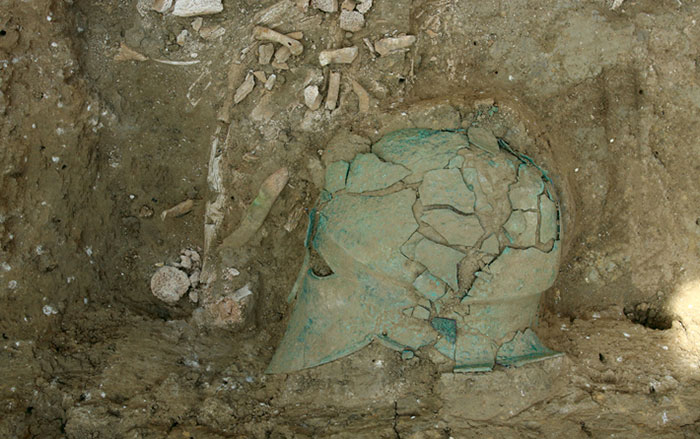 (Courtesy of the Institute of Archaeology/Russian Academy of Sciences)
(Courtesy of the Institute of Archaeology/Russian Academy of Sciences) -
Digs & Discoveries
All Bundled Up
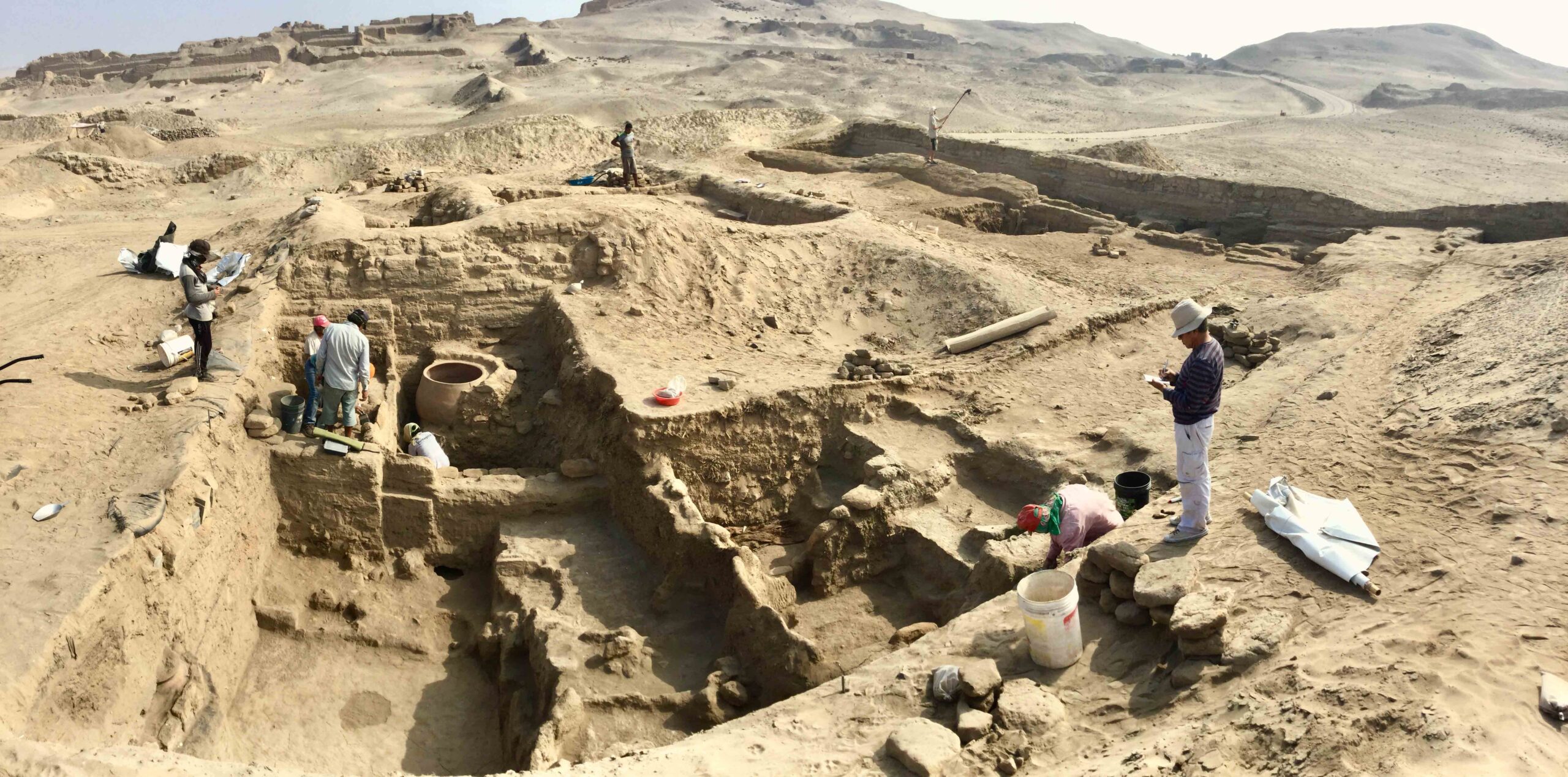 (Courtesy Peter Eeckhout)
(Courtesy Peter Eeckhout) -
Digs & Discoveries
Spheres of Influence
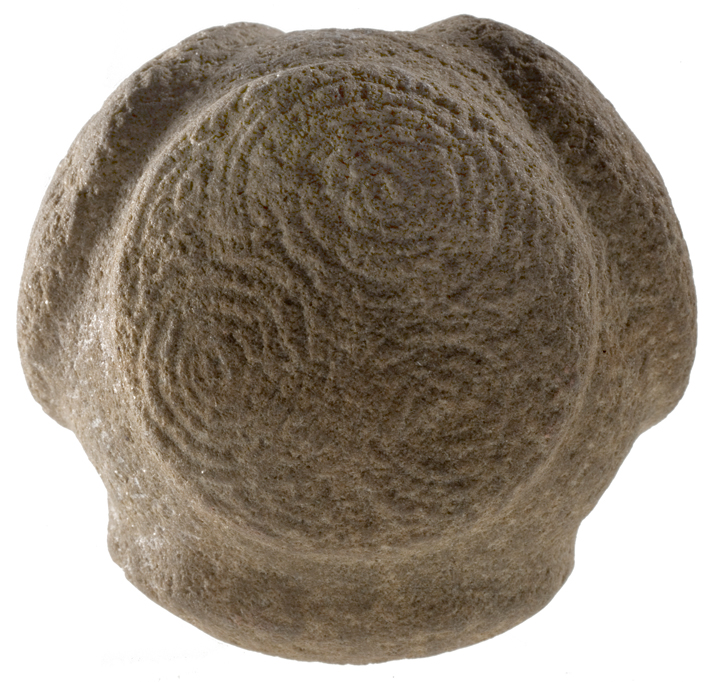 (Courtesy National Museums Scotland)
(Courtesy National Museums Scotland) -
Digs & Discoveries
Hand Picked
 (Lanmas/Alamy Stock Photo)
(Lanmas/Alamy Stock Photo) -
Digs & Discoveries
Ancient Foresters
 (Courtesy Mark Robinson)
(Courtesy Mark Robinson) -
Digs & Discoveries
Indian Warrior Class
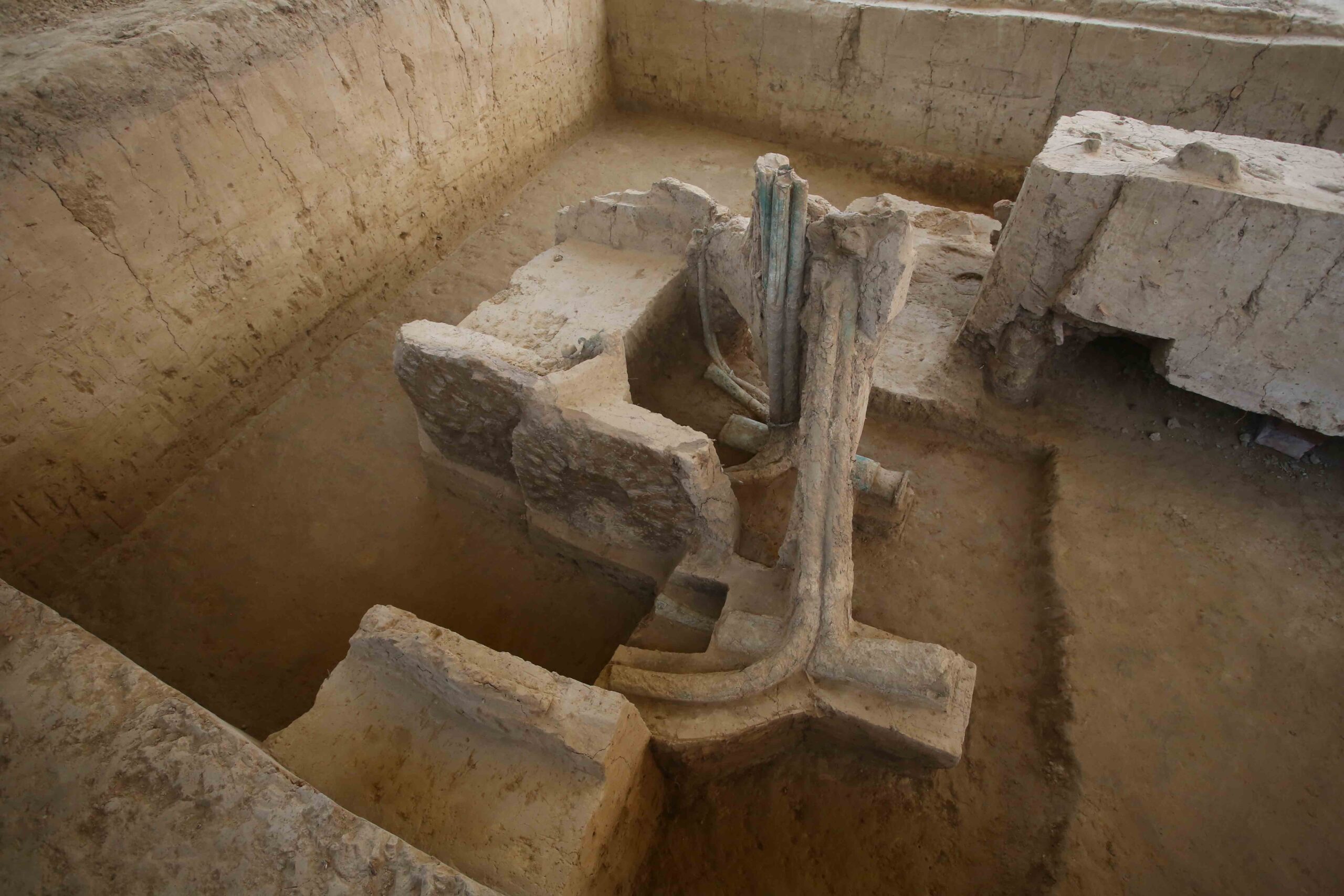 (Courtesy S.K. Manjul/ Institute of Archaeology, ASI)
(Courtesy S.K. Manjul/ Institute of Archaeology, ASI) -
Digs & Discoveries
Please Wash Your Hands
 (Hald, et al)
(Hald, et al) -
Digs & Discoveries
Can You Dig It, Man?
 (Entertainment Pictures/Alamy Stock Photo)
(Entertainment Pictures/Alamy Stock Photo) -
Digs & Discoveries
Breaking the Mold
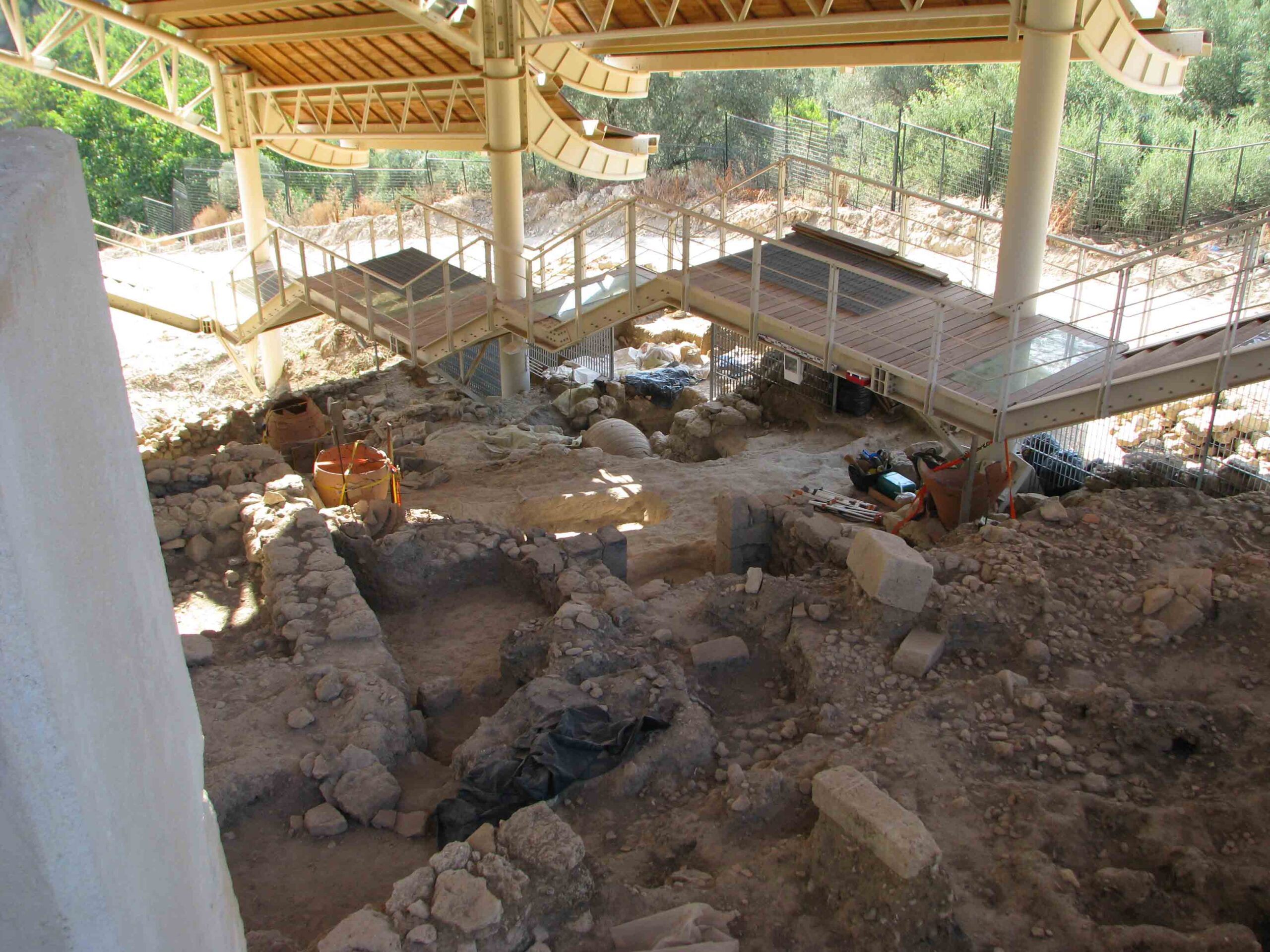 (Courtesy Anagnostis Pan. Agelarakis)
(Courtesy Anagnostis Pan. Agelarakis) -
Digs & Discoveries
A Very Long Way to Eat Rhino
 (Courtesy Thomas Ingicco)
(Courtesy Thomas Ingicco) -
Digs & Discoveries
Hold Your Horses
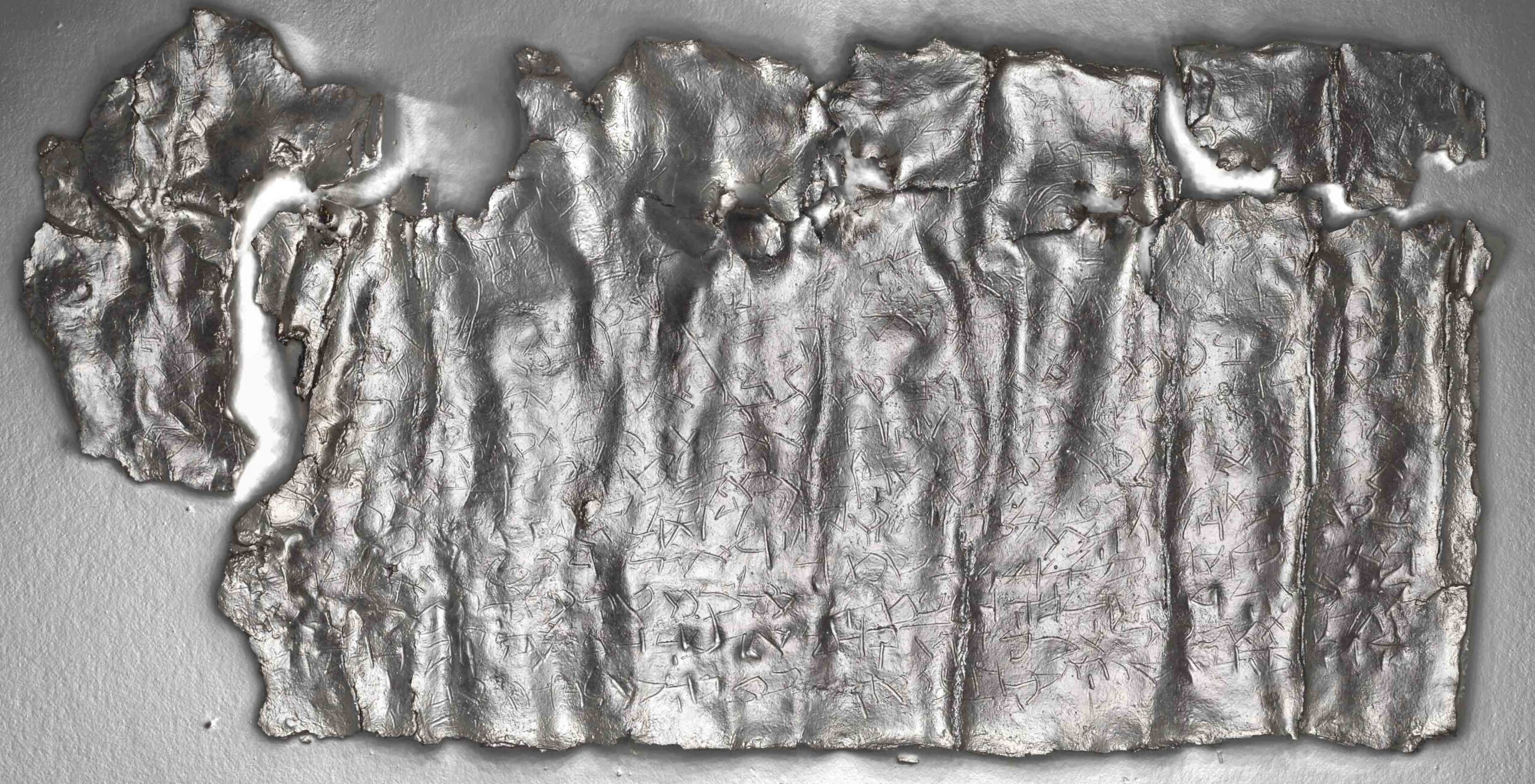 (Photo by Paula Artal-Isbrand used with permission of Alexander Hollmann)
(Photo by Paula Artal-Isbrand used with permission of Alexander Hollmann) -
Digs & Discoveries
Making an Entrance
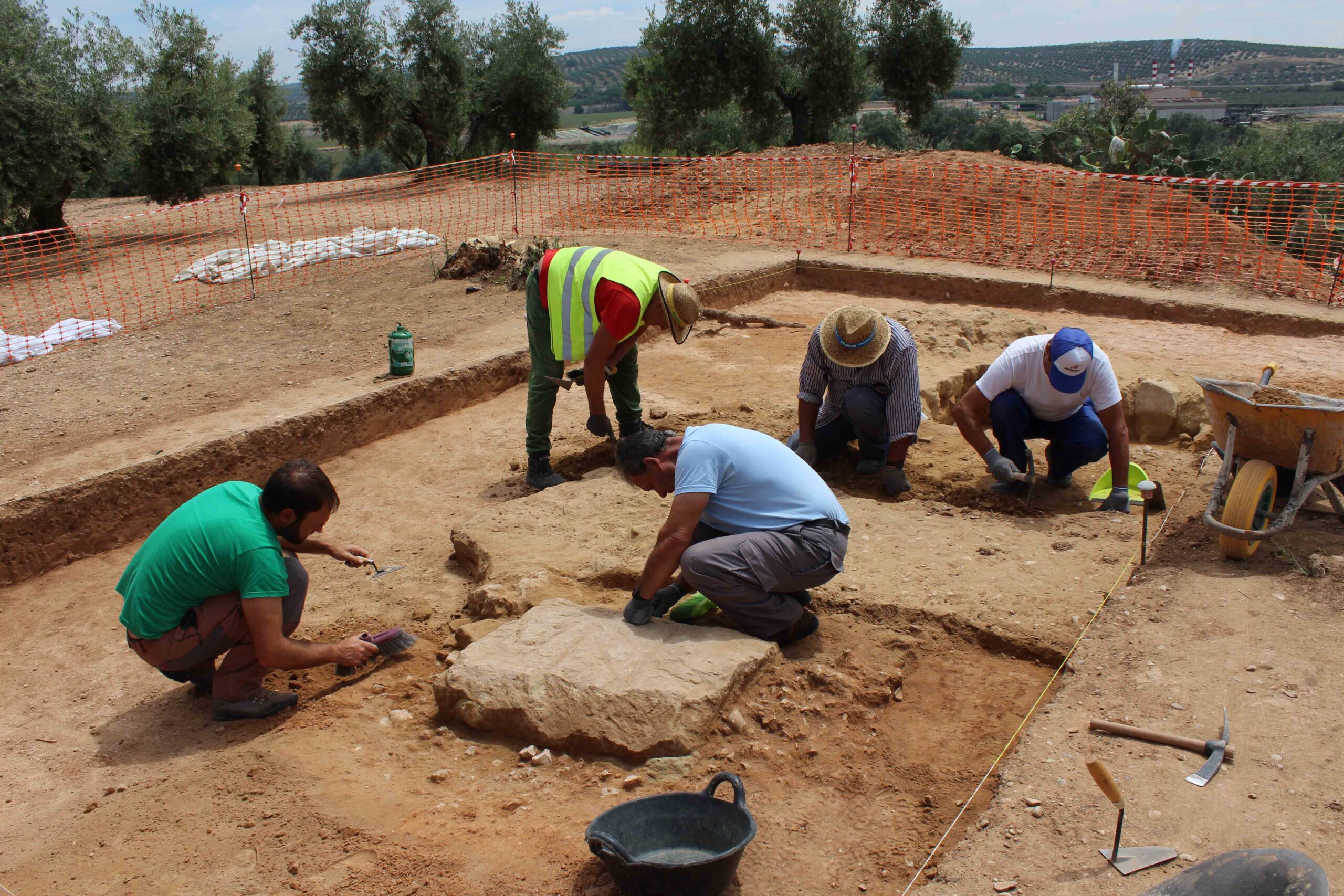 (Courtesy Institute of Iberian Archaeology/Jaén University)
(Courtesy Institute of Iberian Archaeology/Jaén University) -
Digs & Discoveries
Do No Harm
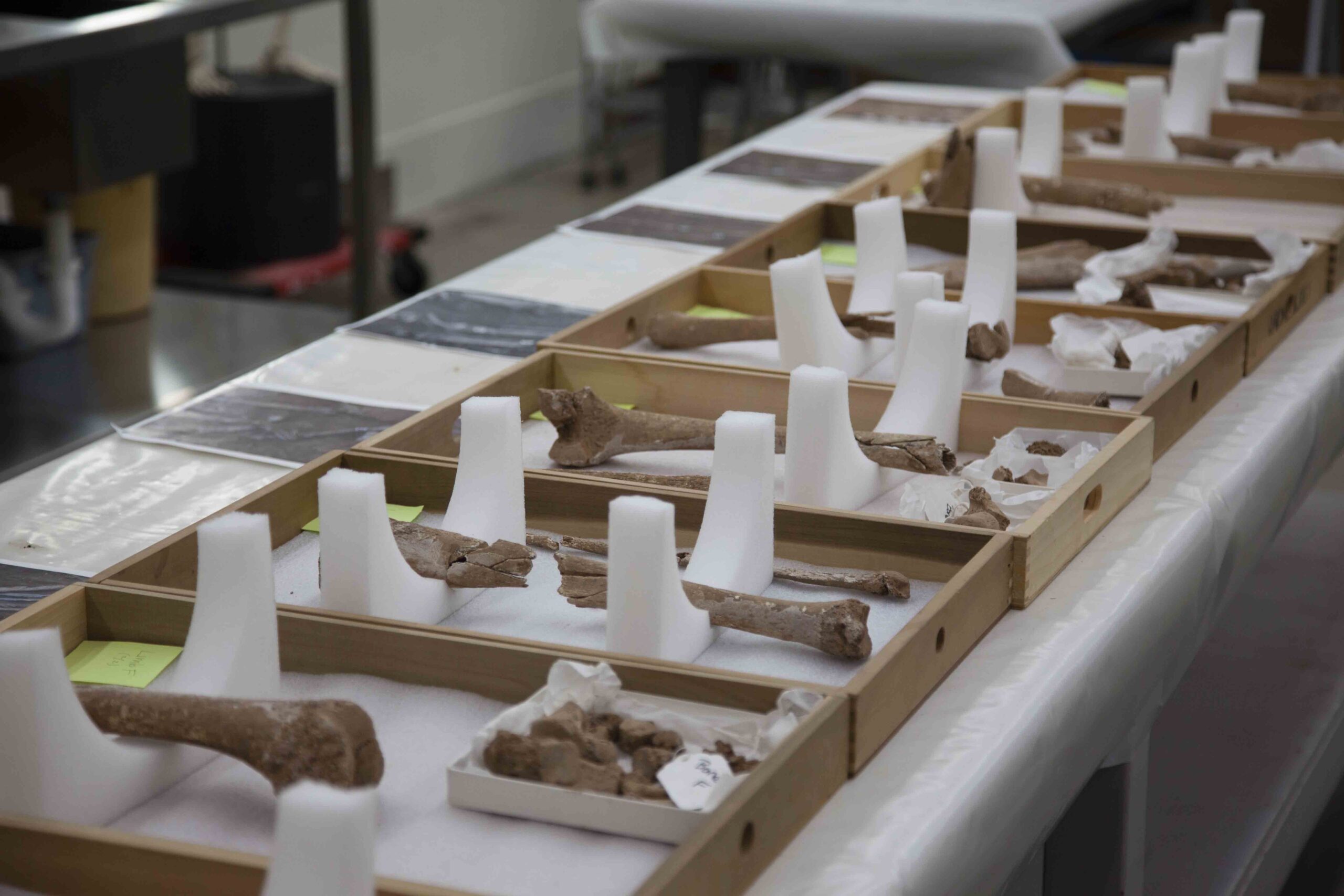 (NPS Photo/Nathan King)
(NPS Photo/Nathan King)
Off the Grid
Off the Grid September/October 2018
Ouidah, Benin

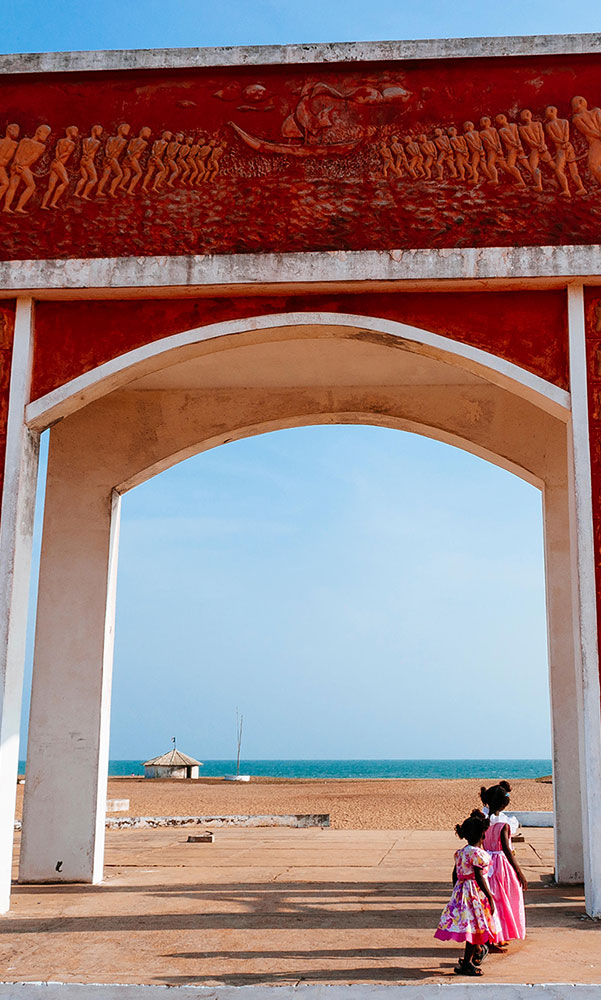
Around the World

JAPAN

JAPAN: Radiocarbon dating of peach pits from the site of Makimuku in Sakurai has added to speculation that the legendary lost kingdom of Yamataikoku may have been located there. The peaches were ritually buried sometime between A.D. 135 and 230 near a large ancient building, alongside other artifacts. Yamataikoku, which flourished under Queen Himiko in the 2nd and 3rd centuries A.D., is mentioned only in ancient Chinese texts. Scholars have long debated its whereabouts, and Nara Prefecture, where Makimuku is sited, has been considered one possible location.

AUSTRALIA

AUSTRALIA: Twenty thousand years ago at a campfire in western Australia, it appears that kangaroo was on the menu. Bones from the marsupial were found alongside a thick layer of ash with hundreds of ancient artifacts, including small stone chips from the tools that were perhaps used to carve the meat. The scene was uncovered by archaeologists inside a cave in Pilbara’s Hamersley Range that was used by aboriginal humans during the last ice age and is one of the oldest known sites in the region.
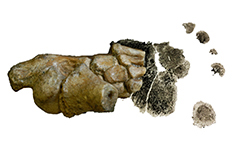
ETHIOPIA

ETHIOPIA: A 3.32-million-year-old child’s foot from Dikika suggests that Australopithecus afarensis children were surprisingly good climbers. Although the female toddler could walk upright, her foot’s skeletal structure indicates that she retained some ape-like traits, such as the ability to grasp objects with her feet. This would have helped A. afarensis children cling to their mothers or climb trees, especially when confronting danger. These features are not found in the species’ adult skeletons, implying that as individuals grew up and spent more time upright, their bodies changed.


